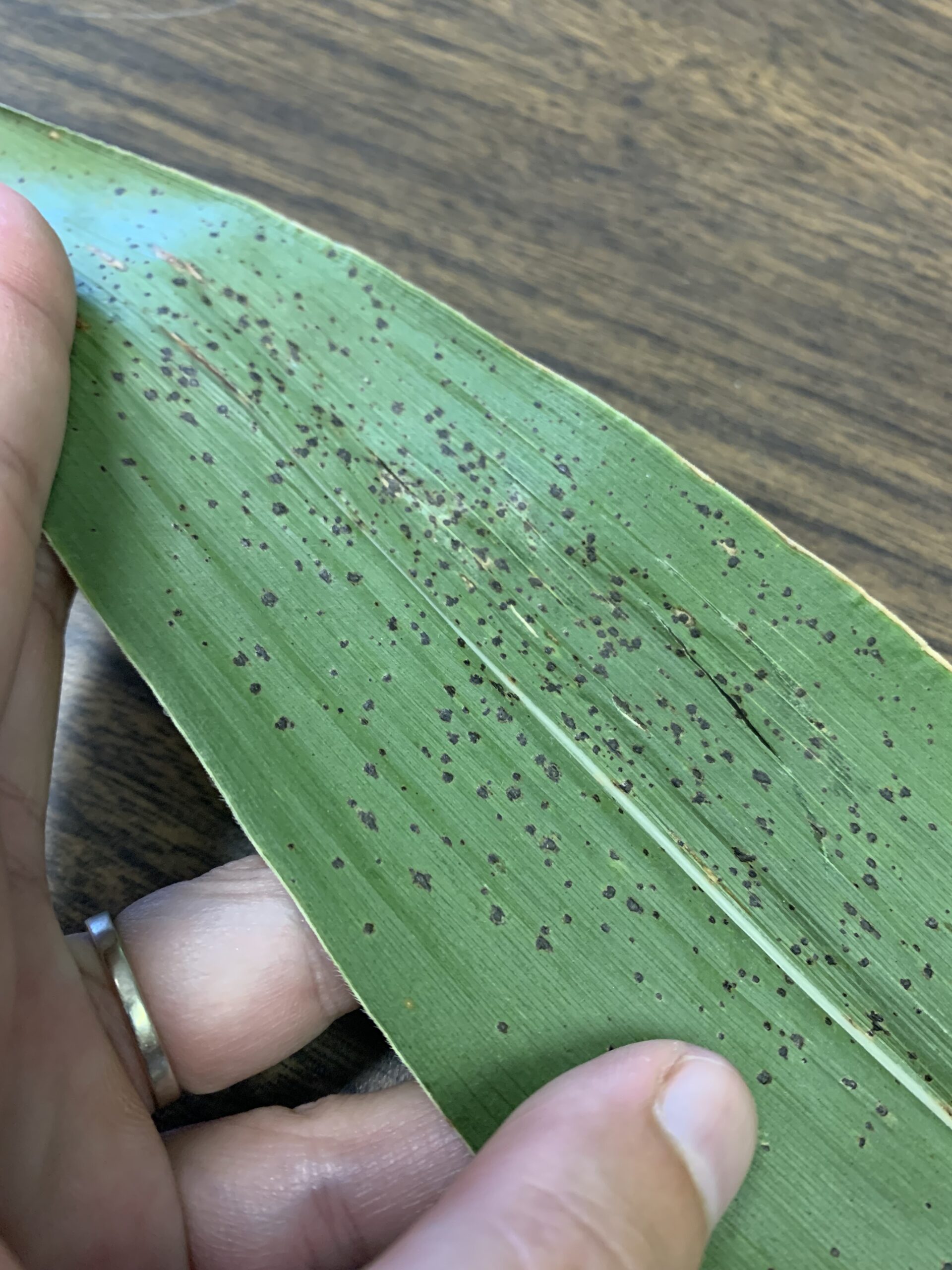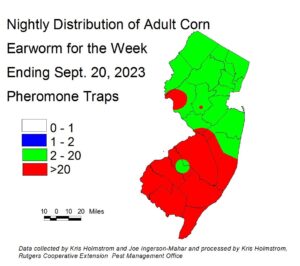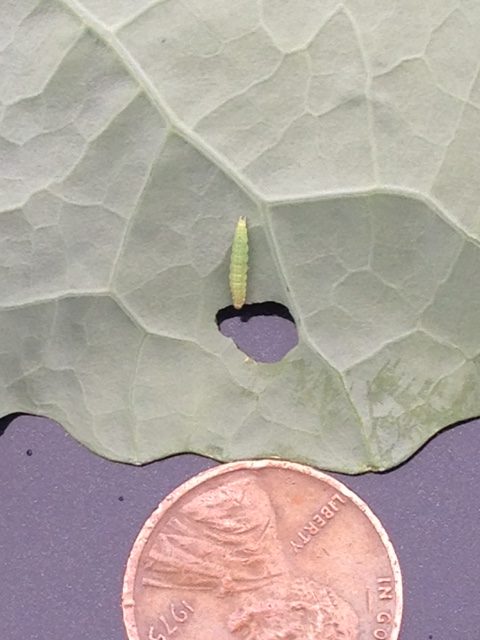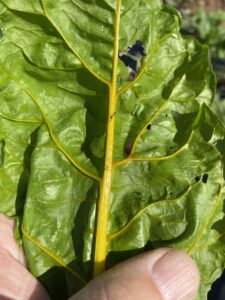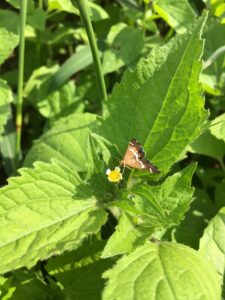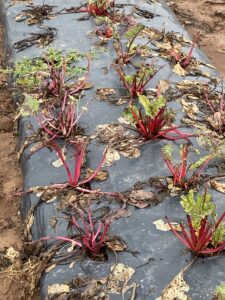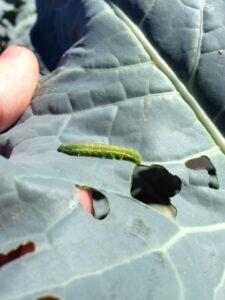Attention All NJ Deer Hunters!
The southern Deer Hunter Forum hosted by NJ Fish & Wildlife to discuss preliminary proposals on simplifying NJ’s deer hunting regulations has changed locations.
Formerly scheduled to be held at Batsto Village State Park, the Southern Deer Forum WILL NOW BE HELD at Stockton University to better accommodate expected attendance. Details follow.Southern Deer Hunter Forum – October 5, 2023, starting at 6:30 p.m. at Stockton University – 101 Vera King Farris Dr., Galloway, NJ. **Attendees should park in the North Lot and the meeting will take place in the Lodge At Lakeside. (Campus map attached as the Lodge is not visible from the parking lot)
And don’t forget the Central Deer Hunter Forum on September 28, 2023, starting at 6:30 p.m. at the Rutgers EcoComplex – 1200 Florence Columbus Rd., Bordentown, NJ.
